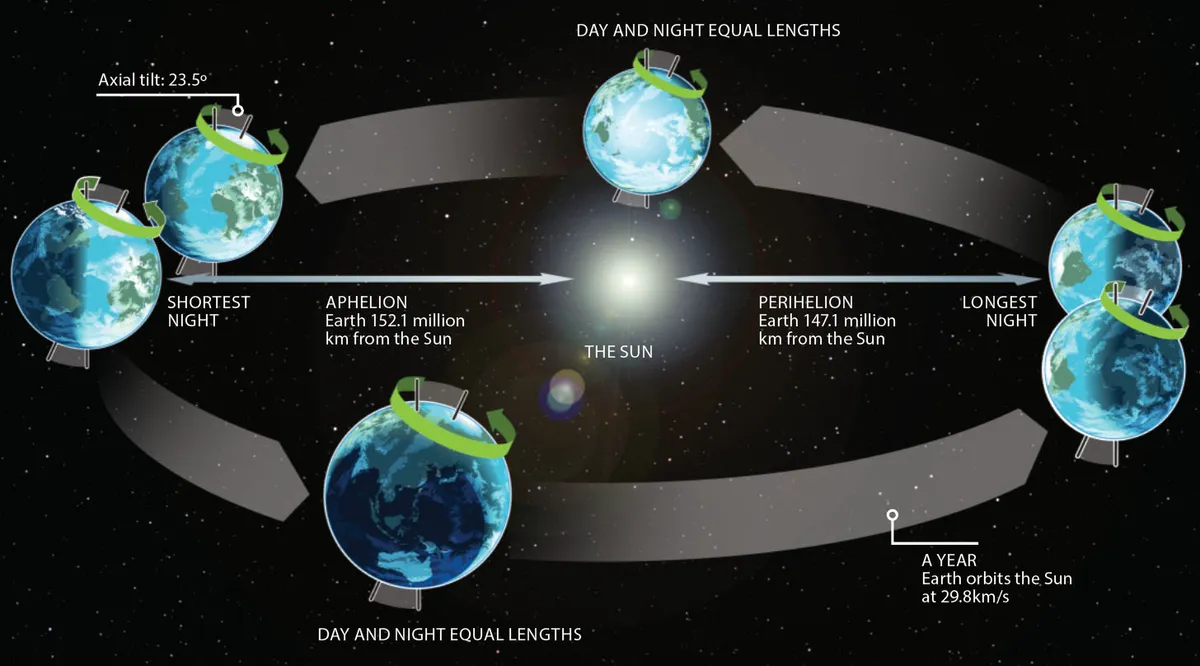If you're stepping out this week to see the full Moon rise in the sky – 2025's Buck Moon – consider this: Earth is currently at the farthest point from the Sun in its orbit, and therefore this full Moon is the farthest from the Sun all year.
The Buck Moon rises this week on 10 July at around 10pm in the south-southeast, and will be located within the constellation Sagittarius, right inside its Teapot star pattern.

Buck Moon explained
The Buck Moon is so-called because it's the July full Moon, and July is the month when male deer – known as 'bucks' – grow their antlers.
It's one of many full Moon nicknames that reflect what's happening in nature during the month in question, such as the Harvest Moon, the Wolf Moon or the Snow Moon, for example.
These nicknames came about as a means to mark significant times of year for our ancestors, the rising full Moon being a welcome source of night-time illumination before the development of artificial light.
As with all other full Moon names, the term 'Buck Moon' doesn't mean the Moon will look any different from any other full Moon of the year.

Farthest full Moon from the Sun
The Buck Moon is the farthest full Moon from the Sun all year, the reason being that Earth has just reached aphelion.
Aphelion occurred on 3 July 2025, marking the point in Earth’s orbit when the planet is furthest from the Sun.
Earth's orbit around the Sun isn't a perfect circle: instead, it's elliptical, or egg-shaped.
That means Earth is sometimes closer to the Sun than at other times.
The point in its orbit when it's farthest from the Sun is aphelion; when it's closest to the Sun it's known as perihelion.

And a full Moon occurs when the Moon is on the opposite side of Earth to the Sun.
When you're looking at a full Moon, the Sun is behind you, its light hitting the Earth-facing side of the Moon directly, and illuminating the full lunar disk.
So during any full Moon, the Moon is as far from the Sun as possible, but when the Buck Moon rises, Earth is also as far from the Sun as possible.
This makes the Buck Moon the farthest full Moon from the Sun all year.

A low-hanging Moon
Further to this, the Buck Moon is low in the sky, not rising very high above the flat, southern horizon.
This is because a full Moon is effectively in the exact opposite part of the sky from the Sun.
And as July marks the summer solstice, when the Sun is highest in the sky, this means the July full Moon is always correspondingly low in the sky.
You'll need a clear horizon, unobstructed by trees or buildings, if you want to see the Buck Moon rising this week.
But when you do, think about how this full Moon is the farthest full Moon from the Sun all year: a nice reminder of the clockwork mechanics of our Solar System.
If you do observe or photograph the Buck Moon, get in touch and let us know by emailing contactus@skyatnightmagazine.com

